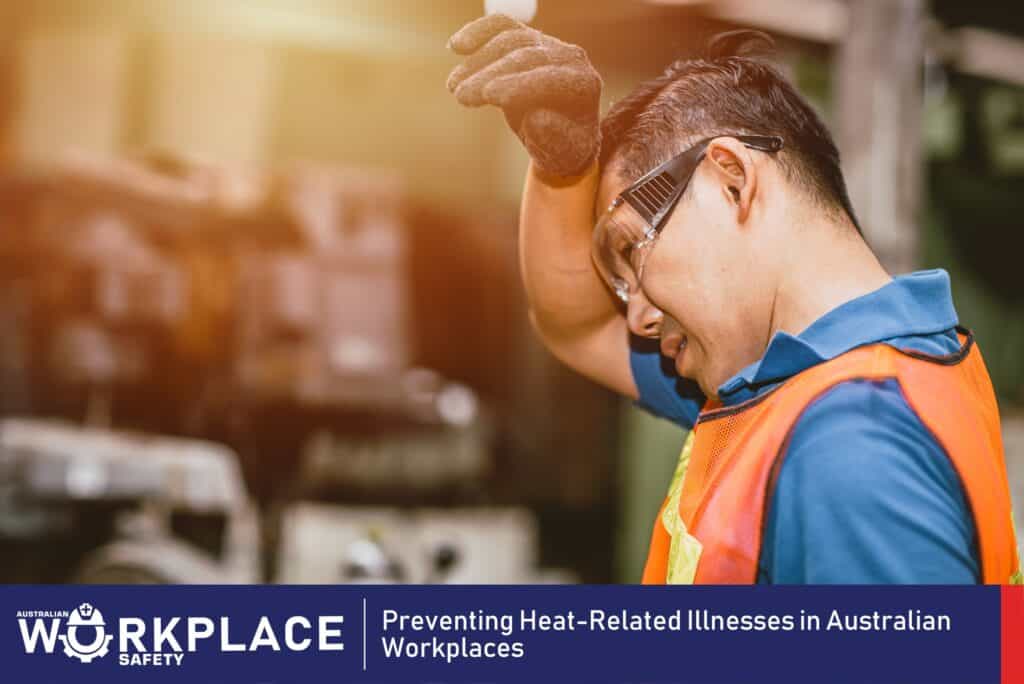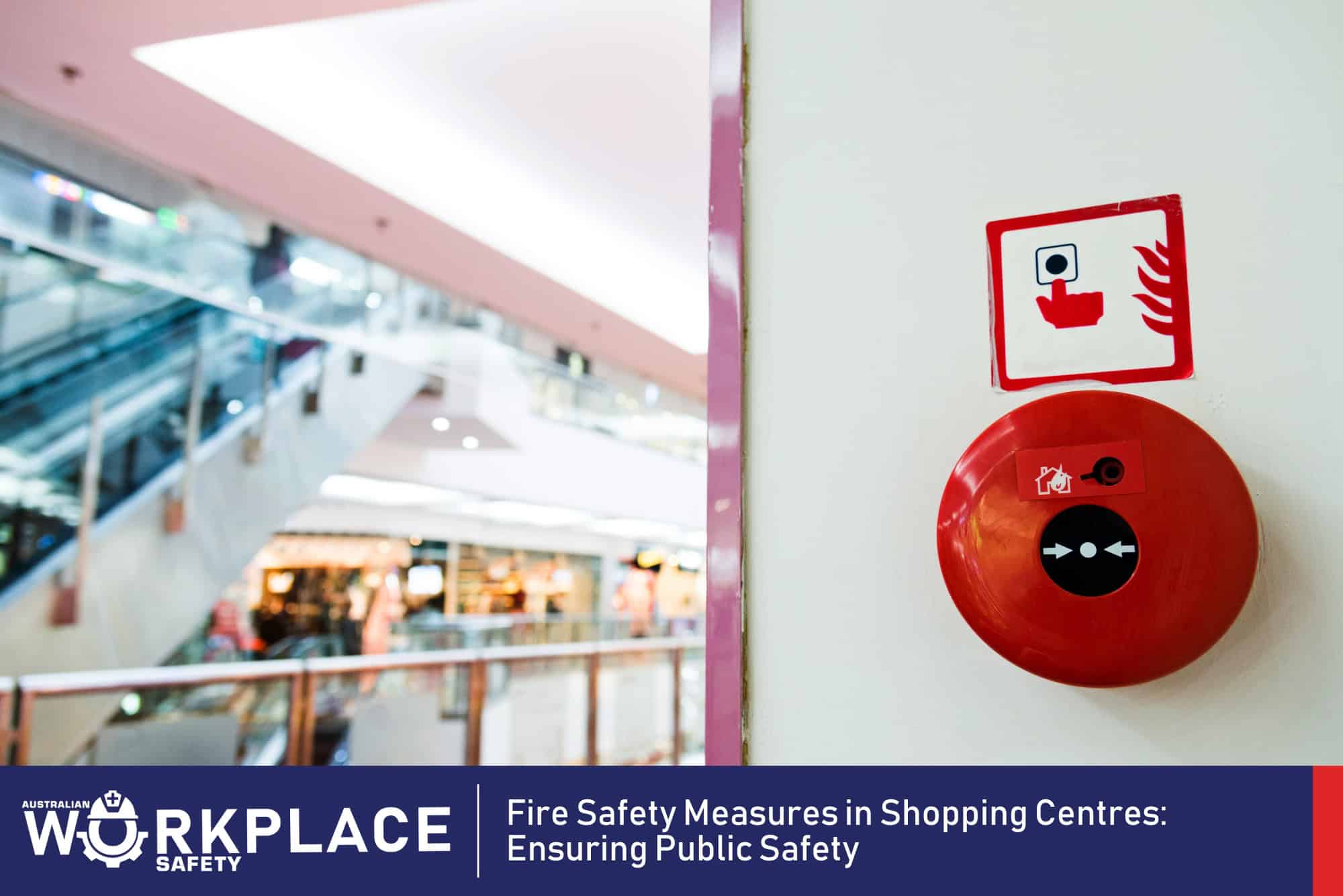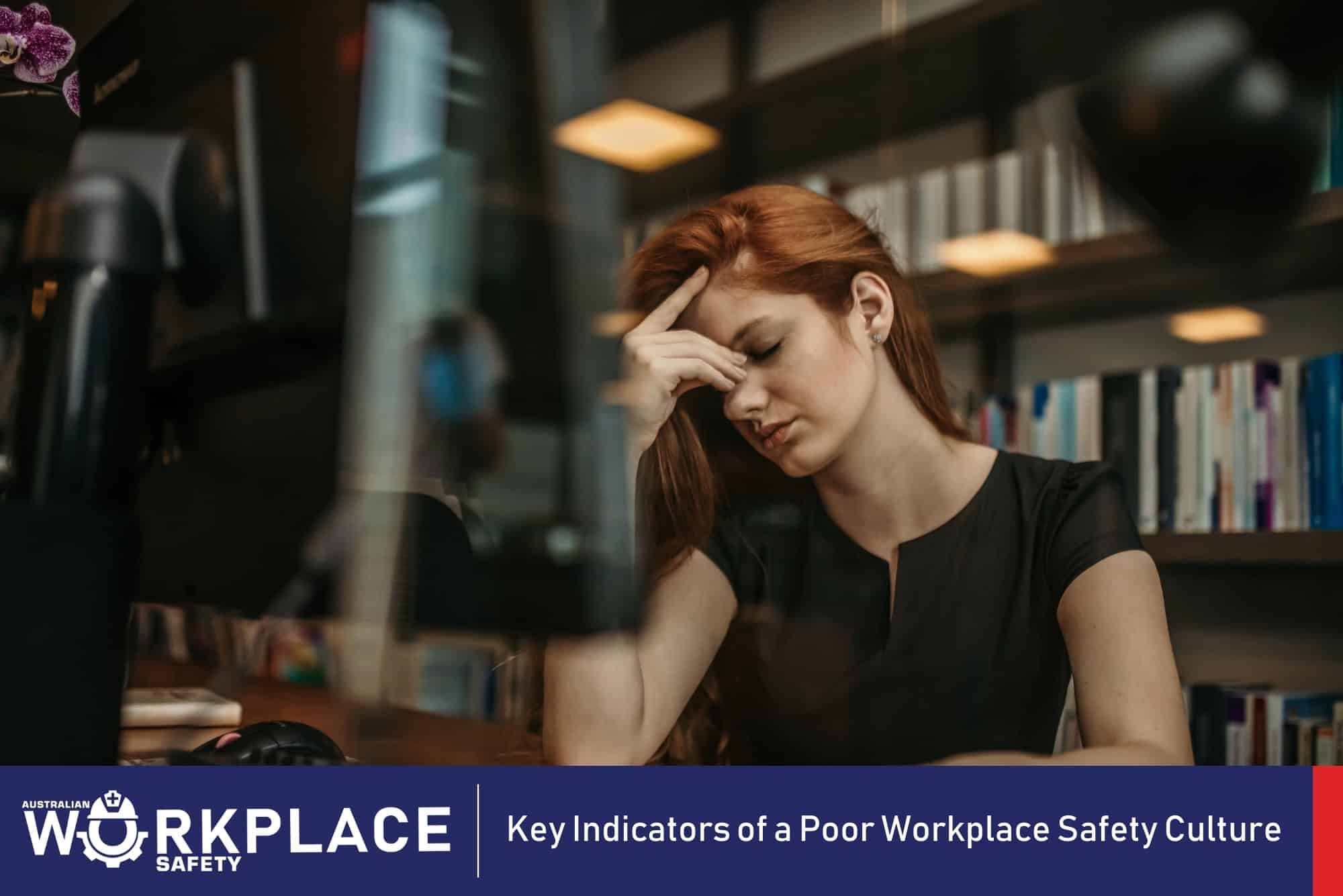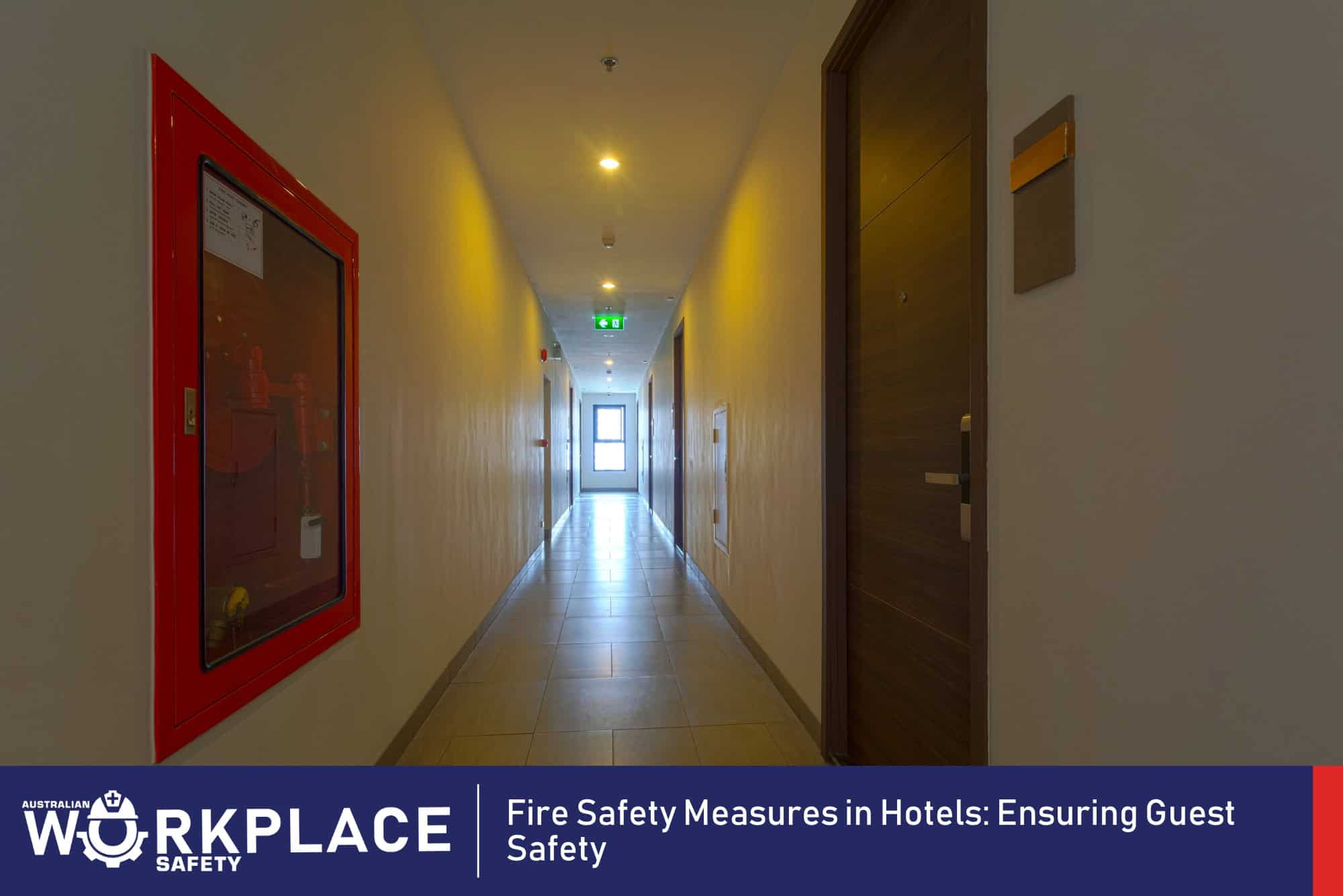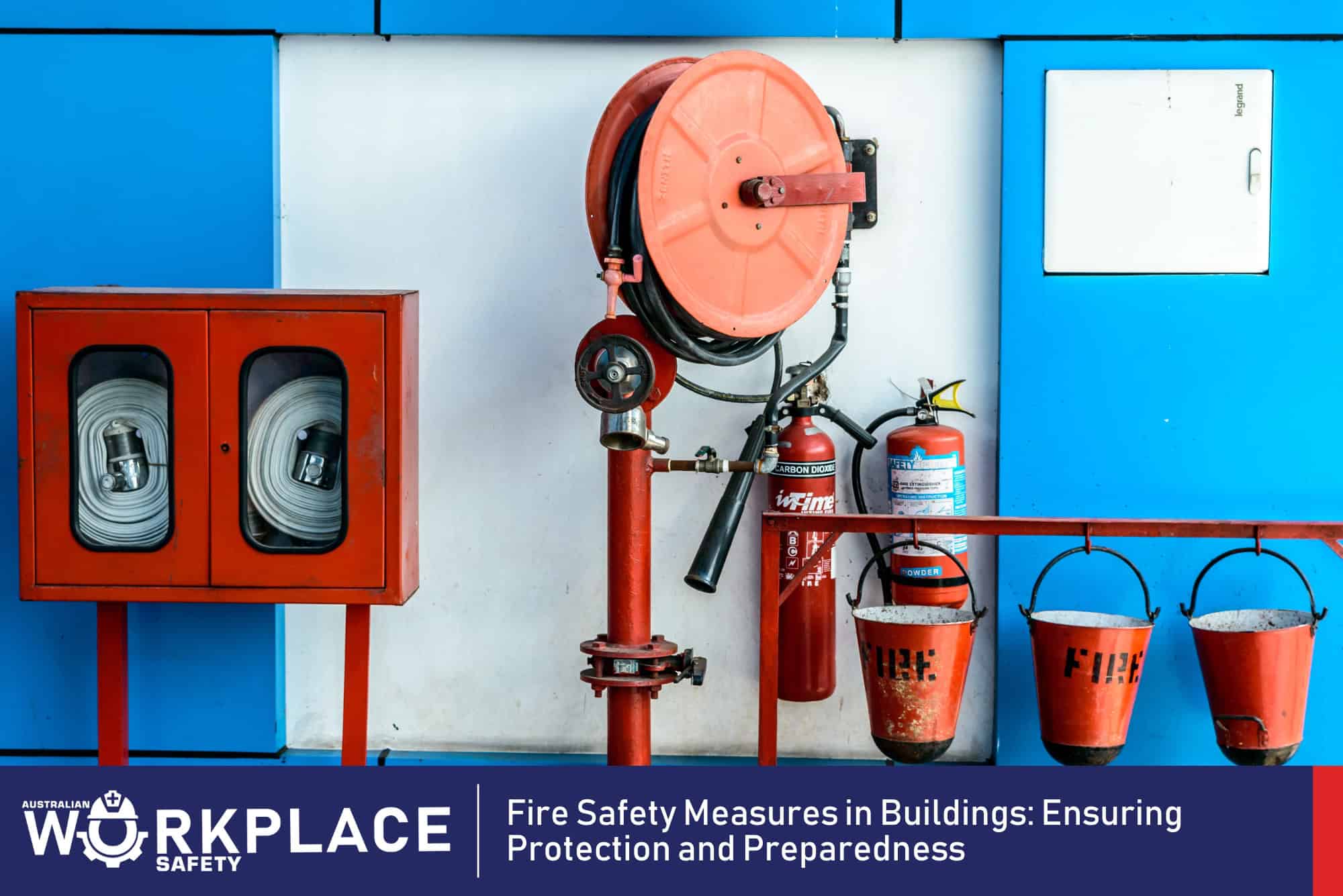As the climate continues to change, heatwaves and extreme heat events are becoming more frequent and intense. This poses a significant risk to the health and safety of workers in Australian workplaces, particularly those exposed to outdoor or high-temperature environments. Preventing heat-related illnesses is crucial to ensure the well-being and productivity of employees. This article will discuss the importance of preventing heat-related illnesses in Australian workplaces and provide strategies to mitigate the risks.
Working in high temperatures can lead to heat-related illnesses, which can be detrimental to employees’ health and productivity. Preventing such illnesses requires a proactive approach that involves identifying high-risk work environments, implementing appropriate controls, providing training and education, and ensuring proper monitoring and emergency response procedures.
Understanding Heat-Related Illnesses
Heat-related illnesses range from mild conditions like heat rash and heat cramps to more severe conditions such as heat exhaustion and heat stroke. These illnesses occur when the body is unable to cool itself adequately, leading to symptoms such as dizziness, fatigue, headache, nausea, and, in severe cases, loss of consciousness or organ damage. It is crucial to recognise the early signs of heat-related illnesses and take prompt action.
Identifying High-Risk Work Environments
Certain workplaces pose a higher risk of heat-related illnesses, including outdoor worksites, manufacturing plants, mines, and industries involving hot processes or equipment. Employers should conduct risk assessments to identify specific work areas or tasks where employees are likely to be exposed to excessive heat. This assessment should consider factors such as temperature, humidity, radiant heat sources, and physical exertion.
Implementing Engineering and Administrative Controls
Employers should prioritise implementing engineering controls to minimise heat exposure. This can include providing adequate ventilation, installing cooling systems or fans, insulating hot surfaces, and using reflective materials to reduce heat absorption. Administrative controls, such as adjusting work schedules to avoid the hottest times of the day, providing shade structures, and rotating workers between hot and cool areas, can also be effective in reducing heat-related risks.
Providing Personal Protective Equipment (PPE)
Appropriate personal protective equipment (PPE) is essential for protecting employees from heat-related illnesses. Employers should provide lightweight, breathable clothing that offers adequate sun protection. Additionally, considering the use of cooling vests, hats, and sunglasses can help regulate body temperature and protect against heat stress.
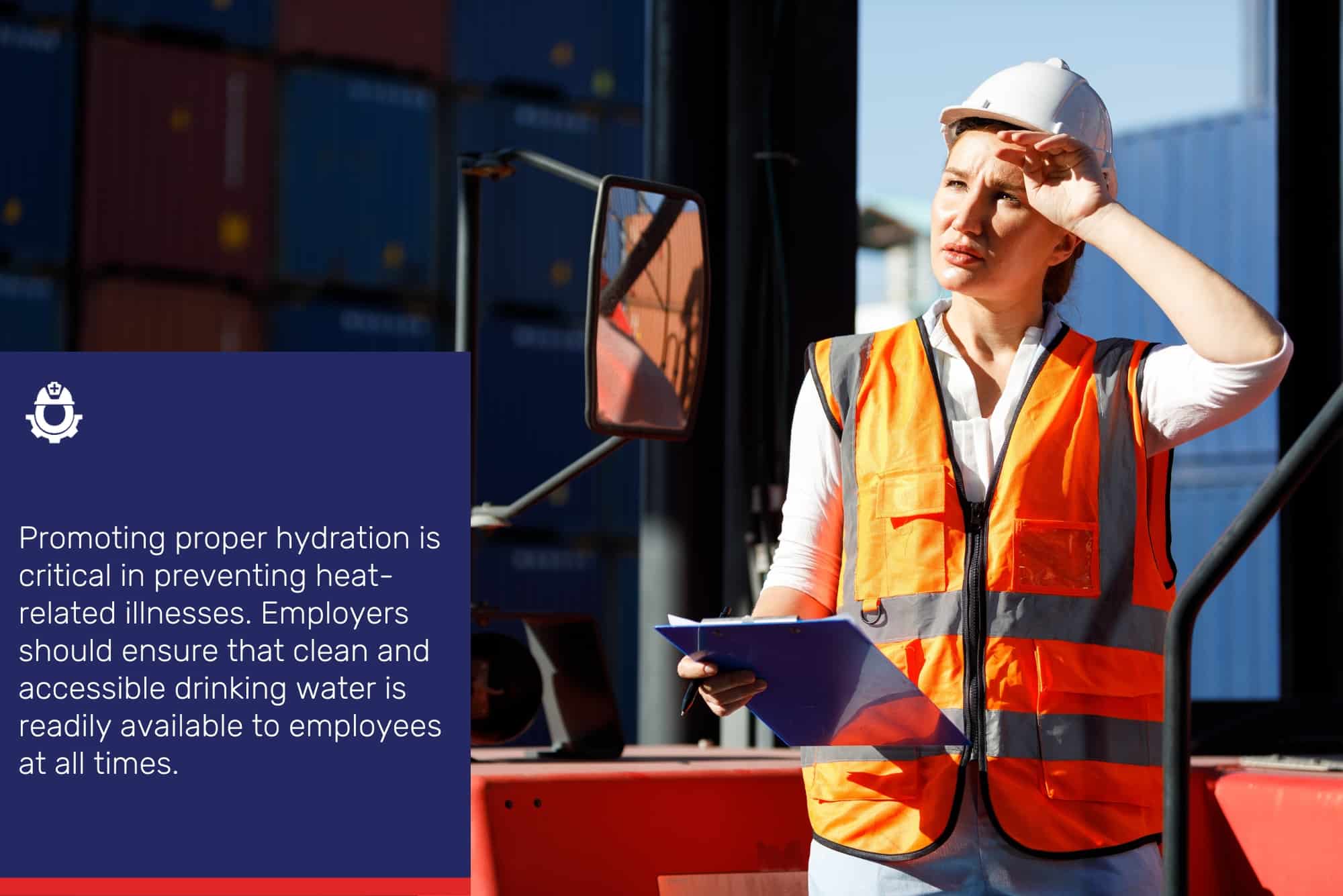
Hydration and Rest Breaks
Promoting proper hydration is critical in preventing heat-related illnesses. Employers should ensure that clean and accessible drinking water is readily available to employees at all times. Encouraging frequent water breaks and educating employees on the importance of maintaining hydration levels can significantly reduce the risk of dehydration and heat-related illnesses. Furthermore, scheduling regular rest breaks in cool or shaded areas allows employees to recover and cool down.
Training and Education
Comprehensive training and education are essential for raising awareness about heat-related illnesses and promoting preventive measures. Employees should be educated on the signs and symptoms of heat-related illnesses, proper hydration practices, the importance of taking rest breaks, and how to use PPE effectively. Training sessions should also cover emergency procedures and the importance of early intervention.
Monitoring and Early Intervention
Regular monitoring of both environmental conditions and employees’ physical well-being is essential. This can be done through on-site temperature measurements, assessing individual health indicators, and conducting pre-employment medical assessments. Employers should encourage employees to report any symptoms of heat-related illnesses promptly, and supervisors should be trained to recognise early signs and provide immediate assistance.
Disclaimer: The information provided in this blog is intended for general informational purposes only. The safety practices outlined are based on general principles and may not address specific workplace conditions or legal requirements. It is important for employers and employees to consult with relevant occupational health and safety authorities, legal professionals, and industry-specific guidelines to ensure compliance with applicable laws and regulations. Every workplace is unique, and safety practices should be tailored to specific circumstances and risks. The author and publisher of this blog are not liable for any damages or losses that may arise from the use or implementation of the information provided.
